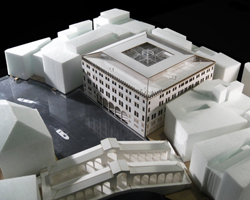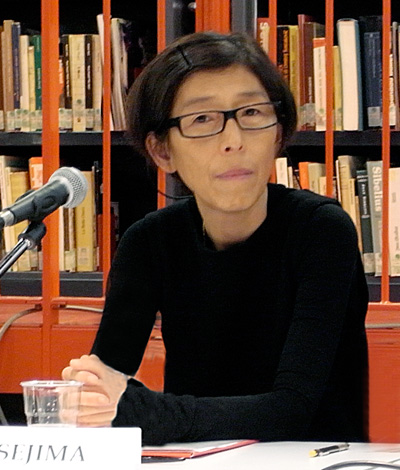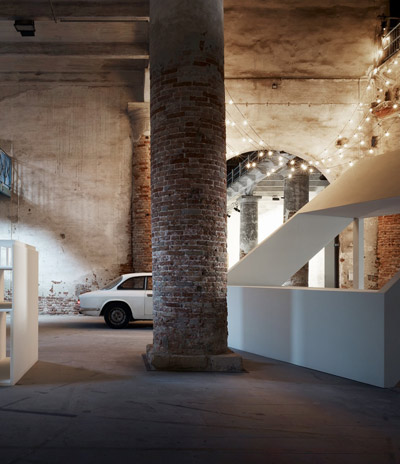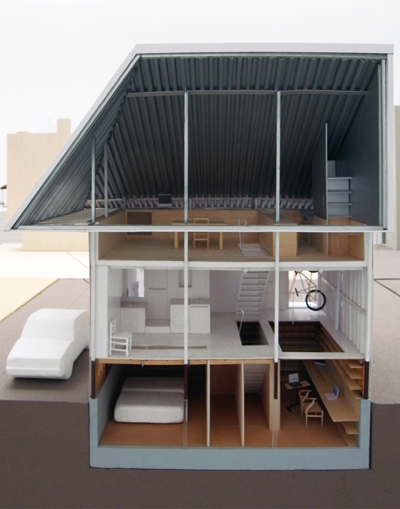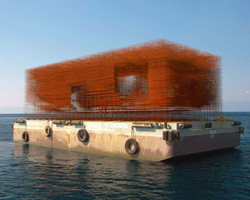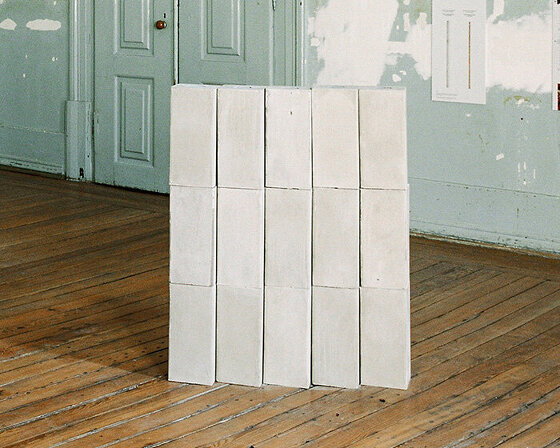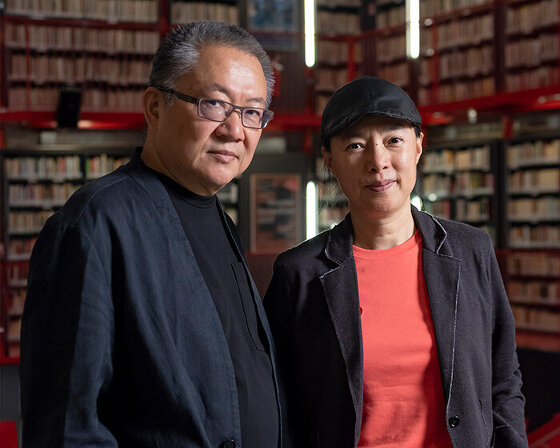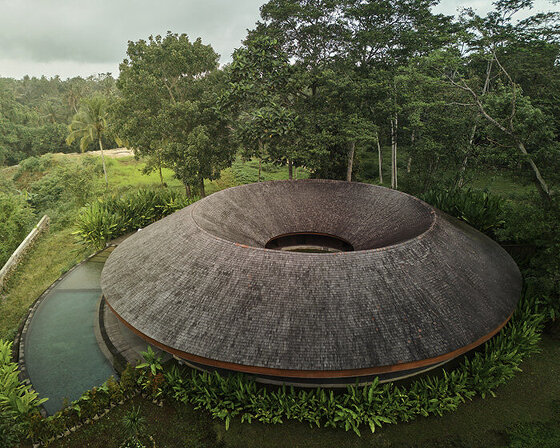KEEP UP WITH OUR DAILY AND WEEKLY NEWSLETTERS
'what if one of the building industry’s most hazardous materials could become one of its most promising?’
connections: +670
with the legendary architect's passing, we are revisiting the buildings that redefined what architecture could look and feel like.
connections: +210
the founders of amateur architecture studio have been appointed curators of the 20th international architecture exhibition, opening may 8th, 2027.
connections: 12
the project sits like a ring placed over the terrain, with its funnel-like roof forming a shaded perimeter walkway and an introverted core.
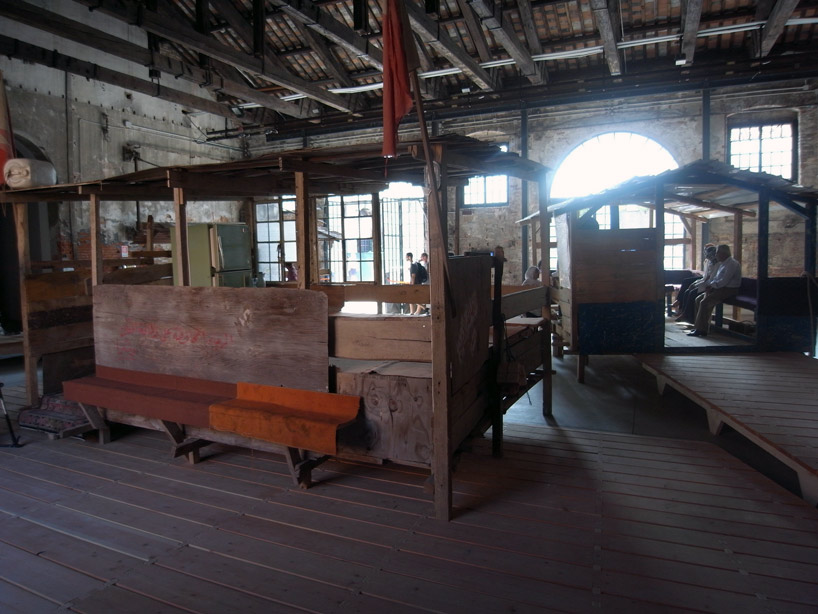
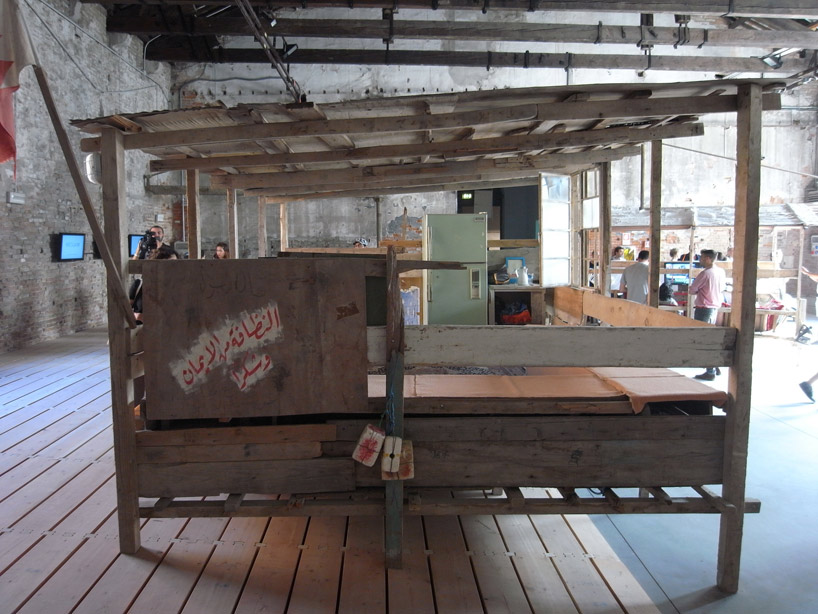 fishermen’s hut image © designboom
fishermen’s hut image © designboom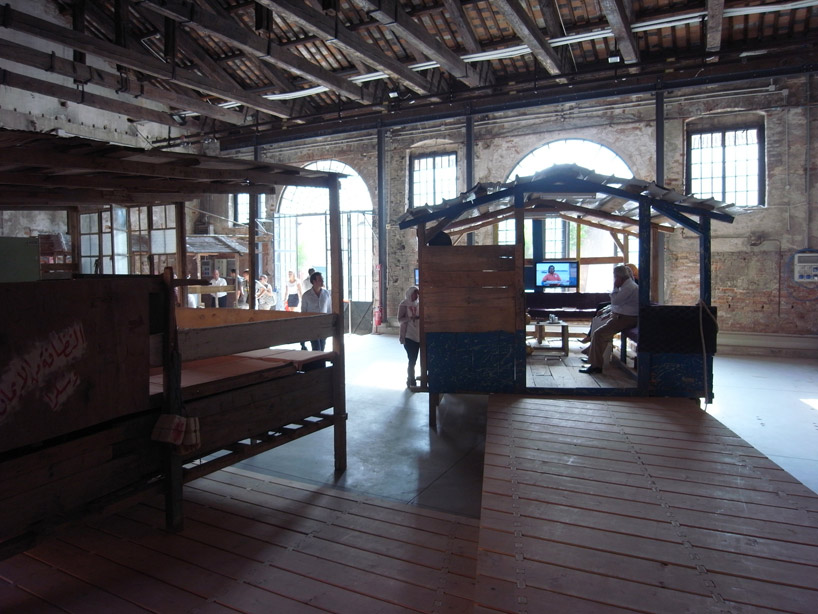 general view image © designboom
general view image © designboom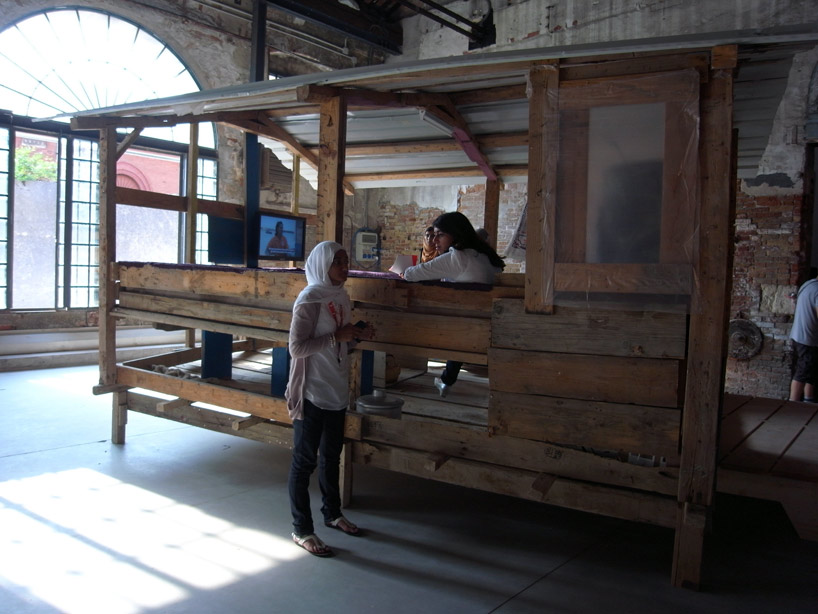 fishermen’s hut image © designboom
fishermen’s hut image © designboom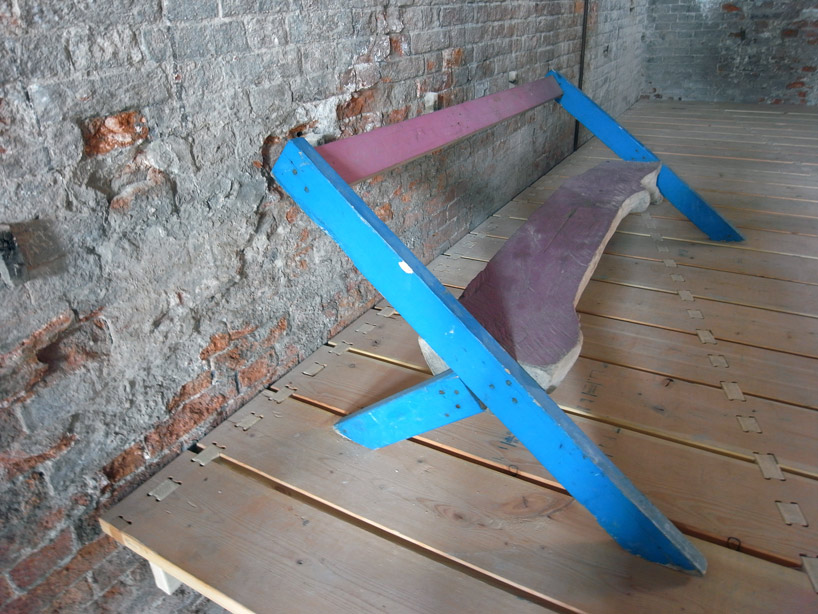 bench image © designboom
bench image © designboom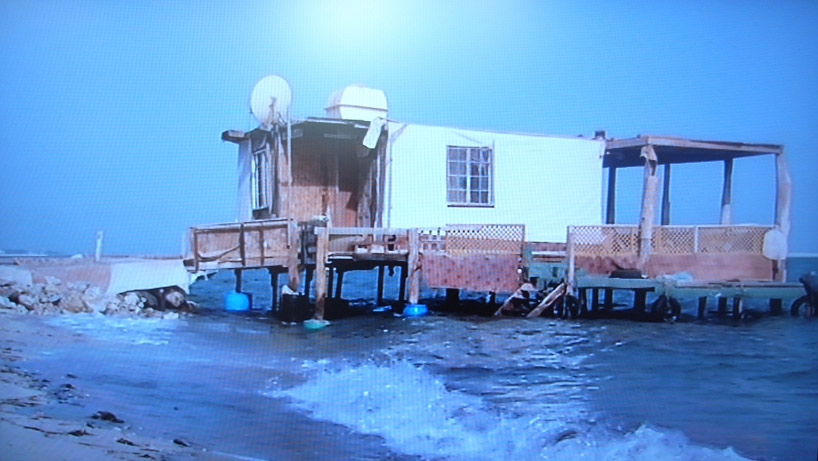 video still of the fisherman’s huts image © designboom
video still of the fisherman’s huts image © designboom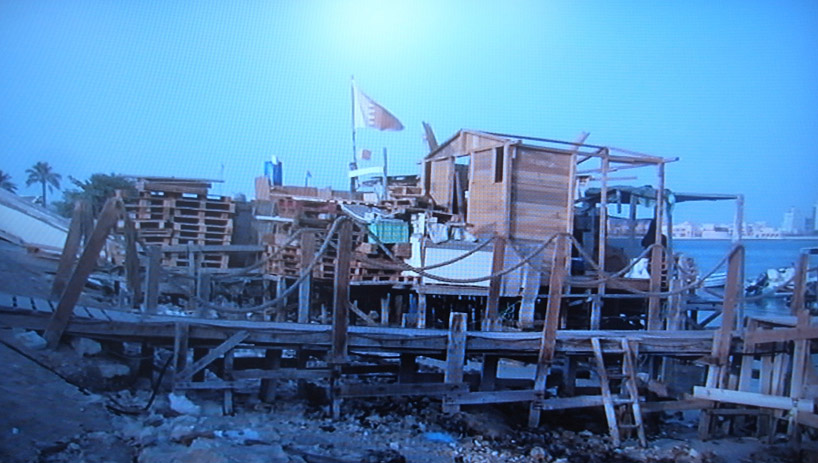 video still of the fisherman’s huts image © designboom
video still of the fisherman’s huts image © designboom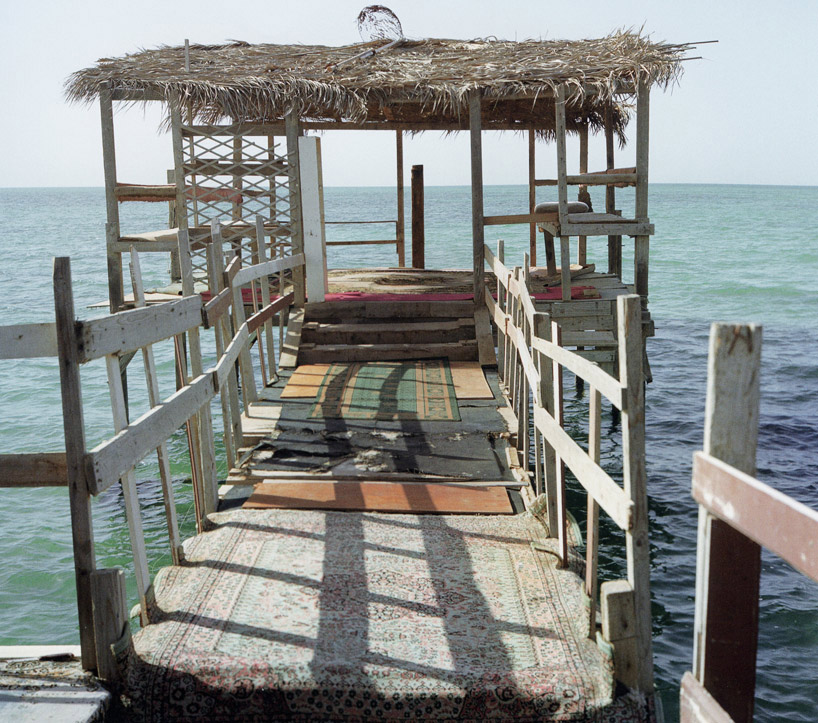 fisherman’s hut, bahrain photographer: camille zakharia
fisherman’s hut, bahrain photographer: camille zakharia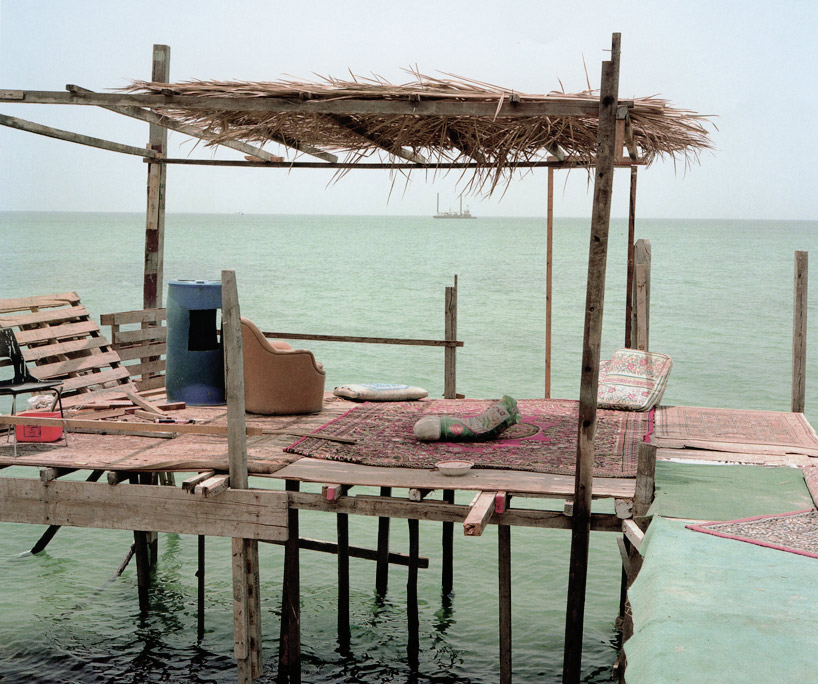 fisherman’s hut along the coastline photographer: camille zakharia
fisherman’s hut along the coastline photographer: camille zakharia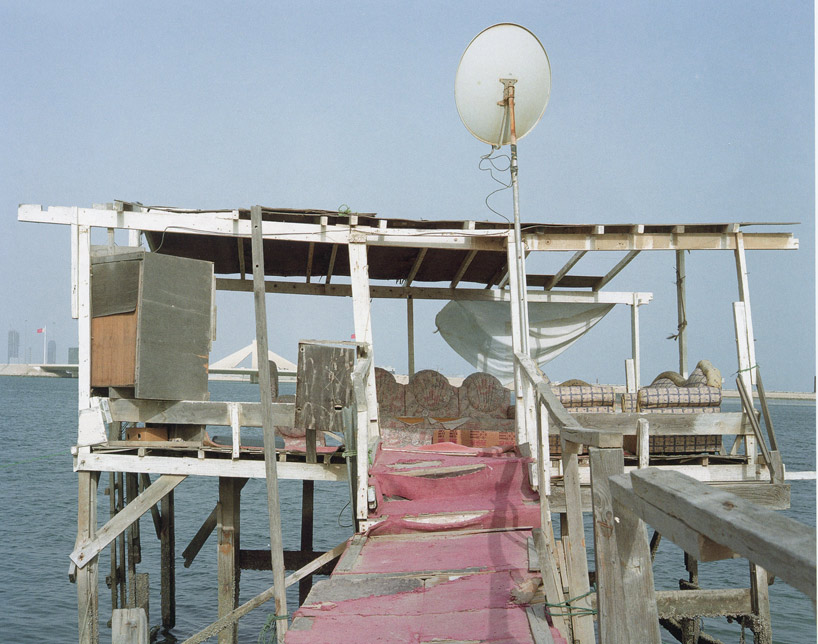 fisherman’s hut photographer: camille zakharia
fisherman’s hut photographer: camille zakharia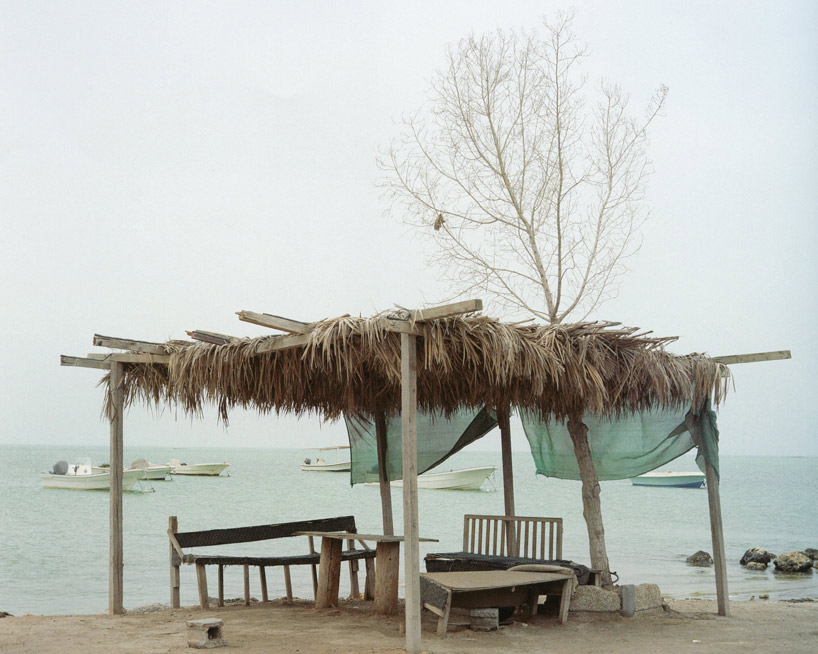 fisherman’s hut on the shoreline photographer: camille zakharia
fisherman’s hut on the shoreline photographer: camille zakharia